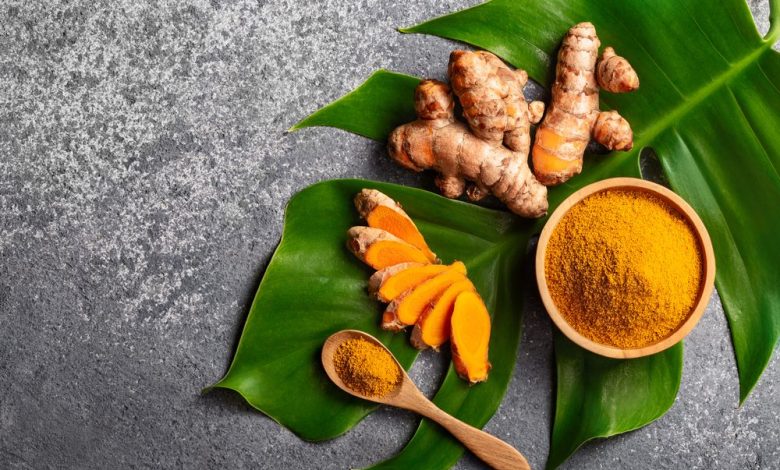
Turmeric Powder: The Golden Spice of Health and Flavor
Turmeric Powder: The Golden Spice of Health and Flavor
Turmeric, also known as the Golden Spice. Is a vibrant yellow-orange root commonly used in powder form to add both color and flavor to a variety of dishes. Beyond its culinary use, turmeric powder is revered for its numerous health benefits. Making it a cherished ingredient in traditional medicine practices. In this article, we explore the rich history, culinary versatility, health advantages, and tips for incorporating turmeric powder into your daily life.
A Glimpse into Turmeric’s History
Turmeric (Curcuma longa) is a flowering plant belonging to the ginger family (Zingiberaceae). Native to South Asia, particularly India, turmeric has been an integral part of Ayurvedic medicine for thousands of years. The earliest records of its use date back to around 2500 BC in the ancient Vedic culture of India. Where it was utilized for both medicinal and culinary purposes. Over time, its popularity spread across Asia and beyond.
The Culinary Versatility of Turmeric Powder
Turmeric powder is a kitchen essential, lending its unique color, flavor, and aroma to a wide array of dishes. Its culinary uses are diverse and span across various cuisines.
1. Flavorful Curries
Turmeric powder is a key ingredient in curry blends, imparting a distinct earthy and slightly bitter taste to the dish. It’s often paired with other spices like cumin, coriander, and fenugreek to create complex and aromatic curries.
2. Rice and Grains
In many cultures, turmeric is used to flavor rice, giving it a vibrant yellow hue and a subtle, warm flavor. It is also added to grains like quinoa and couscous for both taste and color enhancement.
3. Soups and Stews
Turmeric powder is a common addition to soups and stews, providing a mild spiciness and a brilliant golden color. It complements vegetables, legumes, and meats in these hearty dishes.
4. Marinades and Sauces
Marinating meats or incorporating turmeric into sauces can add depth and character to the flavors. Its vibrant color can make even the simplest marinade visually appealing.
The Health Benefits of Turmeric Powder
It is celebrated for its potential health benefits, attributed to the presence of curcumin, a bioactive compound.
1. Anti-Inflammatory Properties
Curcumin is well-known for its strong anti-inflammatory effects. It can help reduce chronic inflammation. Which is linked to various chronic diseases, including heart disease and cancer.
2. Antioxidant-rich
Turmeric powder contains potent antioxidants that neutralize harmful free radicals in the body. These antioxidants may contribute to overall health and longevity.
3. Potential Pain Relief
Curcumin in turmeric may have analgesic properties, offering relief from joint and muscle pain.
4. Brain Health
Some studies suggest that curcumin may enhance brain health and potentially delay or reverse brain diseases like Alzheimer’s and Parkinson’s.
5. Digestive Health
Turmeric can aid in digestion by stimulating the gallbladder to produce bile, which helps in the digestion of fats.
Tips for Using Turmeric Powder
To make the most of turmeric powder, follow these tips for usage and storage:
1. Moderate Usage
Turmeric has a potent flavor, so start with a small amount and gradually increase to suit your taste. Too much can overpower the dish and give it a bitter taste.
2. Pair with Black Pepper
To enhance the absorption of curcumin, pair turmeric with black pepper. The compound piperine in black pepper aids in maximizing the bioavailability of curcumin.
3. Use with Healthy Fats
Curcumin is fat-soluble, so using it with healthy fats like olive oil, coconut oil, or avocado can improve its absorption and effectiveness.
4. Store Properly
Store turmeric powder in an airtight container away from light and moisture to maintain its potency and flavor.
Turmeric Powder Around the World
Turmeric powder is an integral spice in various global cuisines, each using it in distinct ways.
1. Indian Cuisine
Turmeric is a staple in Indian cooking, used in curries, lentil dishes, rice, and numerous vegetarian and non-vegetarian recipes. It is the base for curry powders and gives dishes a rich, golden color.
2. Middle Eastern Cuisine
In Middle Eastern cuisine. Turmeric is used in dishes like rice pilaf, soups, and stews. Imparting a vibrant hue and a mild, slightly peppery flavor.
3. Southeast Asian Cuisine
In Southeast Asian cuisines, particularly Thai and Indonesian. Turmeric is utilized in curry pastes, soups, and marinades, providing a warm. Earthy taste and a beautiful yellow tint.
Conclusion
Turmeric powder, often referred to as the “Golden Spice,” offers a unique blend of culinary delight and potential health benefits. Its rich history, diverse culinary uses, and ability to enhance the flavor and appearance of dishes make it an indispensable component of kitchens worldwide. From vibrant curries to wholesome soups, turmeric powder adds both color and health to your culinary creations. So, embrace the golden hue and savor the delightful taste and numerous advantages of turmeric powder in your cooking.









